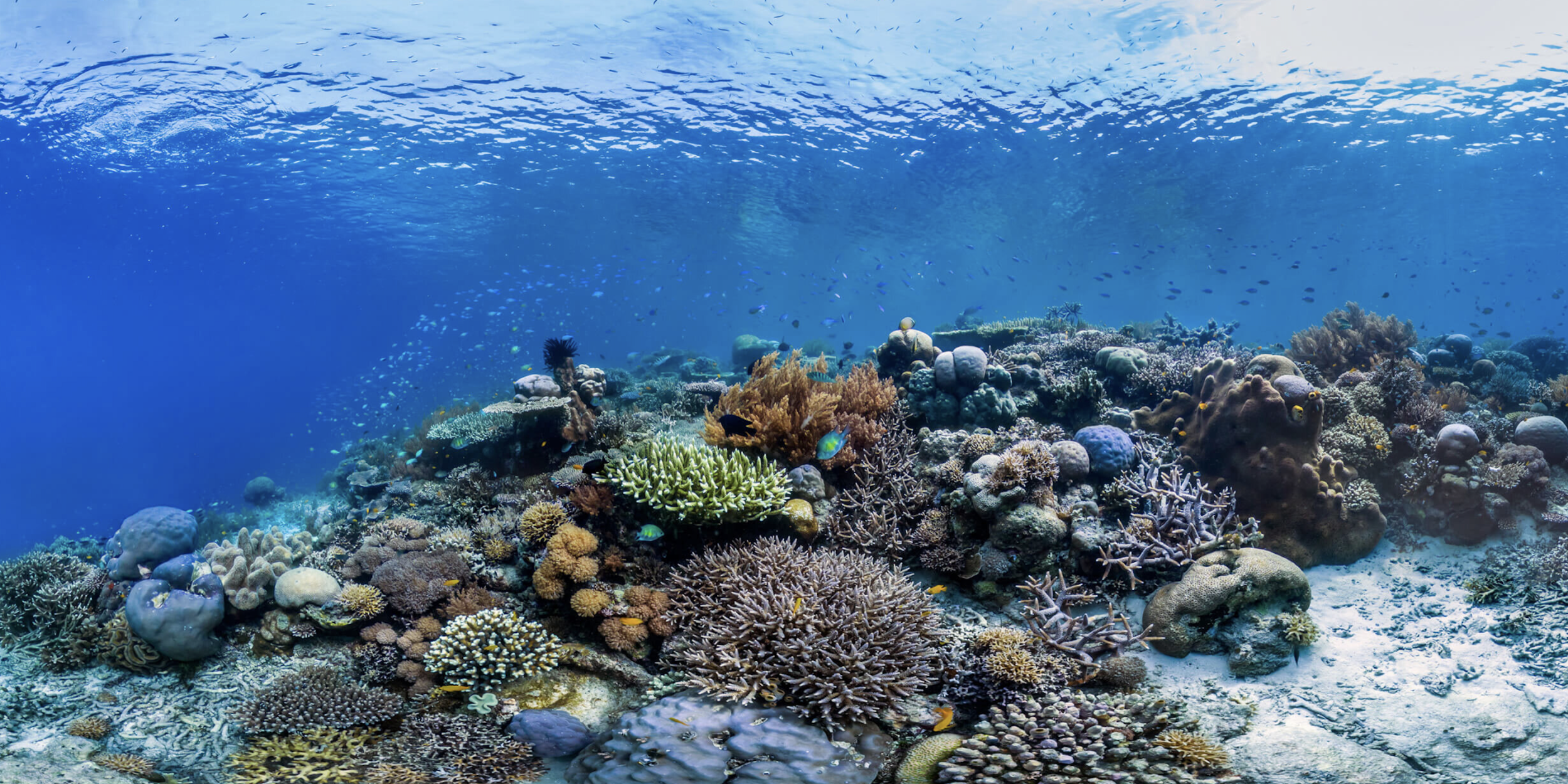Two months after MAPP’s Marine Ecosystem Task Force published a comment in Nature calling for clearer definitions of marine heatwaves, a newly published article in Frontiers assesses marine heat waves in the Mediterranean Sea and questions the usefulness of fixed or moving baselines.
A marine heatwave is a period of extreme ocean temperatures (90% percentile above normal temperatures). But here’s where the debate begins, what is ‘normal’? On one side, ‘normal’ refers to variations in water temperature for a given area and time of year, based on a set period in the past. Conversely, a shifting baseline of ‘normal’ conditions is used. It accounts for long-term ocean warming separately and subtracts that from the total. Each definition results in different interpretations of the frequency, intensity, duration, and spatial extent of marine heat waves. While both definitions, fixed and shifting baselines, have merits, scientists suggest only using the term ‘marine heat wave’ with the shifting baseline, and using ‘long-term temperature trends’ to describe changes in ocean temperature that occur over decades or longer.
This Frontiers article is evidence of the far-reaching impact of the task force’s work on marine heatwaves, and accentuates its relevance. CPO’s Marine Ecosystems Task Force (METF) aims to improve the modeling of how climate impacts the predictability of fisheries and other living marine resources across timescales. This initiative substantially contributes to NOAA’s need to strengthen climate-related science as it relates to marine ecosystems regionally and nationally.
Learn more about this task force »
For more information, contact Courtney Byrd.
Image credit: Coral Triangle – Keruo, Raja Ampat, Indonesia. January 2013. © Underwater Earth | XL Catlin Seaview Survey | Christophe Bailhache



